Blog Writing Service
Blog writing that attracts, engages and converts.
Blog writing, blog copywriting or blogging has become an essential tool for businesses, serving as a platform to share insight, promote products and engage with audiences. Blog writing can do some heavy lifting for your brand; building brand recognition, persuading readers that they need your product or service, boosting your site’s search engine ranking, positioning you as an authority on a particular subject and driving organic traffic to your website.
In short, blogs provide you with a free way of promoting your business, products or service. However, it’s not always as simple as it sounds. Blog writing requires commitment and consistency but the biggest issue for most businesses is there are rarely enough hours in the day to write regular blogs that are genuinely interesting or useful to your audience. This is where professional blog copywriting service can help.
The Benefits of Blogging: Why blogging is good for business?
Blogging offers numerous advantages for UK businesses aiming to enhance their online presence. Regularly publishing high-quality content can improve search engine rankings, making it easier for potential customers to find your services. SEO blog writing ensures your blogs are optimised for visibility, using relevant keywords and best practices to improve rankings.
Blogs can also provide a platform to address customer queries and concerns, promoting trust and engagement. By sharing industry insights and company updates, businesses can establish themselves as an authority on a particular subject and a thought leader, further building credibility, helping to grow your audience and improving your website’s SEO and search engine ranking. Additionally, blogs can drive traffic to your website, potentially increasing leads, sales and significantly contributing to business growth.
The key elements of a successful blog post.
Before you decide to write a blog article or have one written for you, be aware that there are two types of post. The first, is anywhere between 100 and 1000 words in length, is crammed full of keywords and links and doesn’t say much of interest or offer the reader anything of value. The second is usually between 500 and 2000 words in length, engages the reader and provides useful information without overtly selling to them.
This also contains keywords and links but doesn’t shove them down the reader’s throat at every opportunity. If you’re after the first type, I’m probably not your man. Some words are worth more than others and I believe that words should be weighed and not counted. There are four different types of blog – listicles and how-to guides, opinion and thought leadership pieces, case studies and success stories, interviews and guest posts.
How to write engaging blog content.
First, choose a topical subject that you know your target audience will relate to. Research the market thoroughly to find gaps in existing published content, address topical issues, provide fresh, invaluable insights, opinions or unique angles. Before you start writing, structure your blog article with a captivating, action-oriented headline or hook and an engaging introduction that highlights how the blog post will be valuable to them. Once you’ve captured your reader’s attention, organise your content for readability.
Use short paragraphs and bullet-points to emphasise key points, as many readers skim blogs to begin with. Include sub-headings that guide readers through your post, keeping paragraphs reasonably short for easy scanning. Throughout the post, employ a conversational tone, addressing your audience directly to create a personal connection as though they’re part of an informal discussion. And don’t forget the all-important call-to-action at the end.
Why hire a professional blog writer?
Hiring a professional blog writer offers numerous advantages. An expert blog writer craft high-quality, engaging content that resonates with target audiences, thereby increasing website traffic and consumer engagement. Their proficiency in search engine optimization (SEO), keyword research and placement, optimised meta title and descriptions ,and image optimisation and ALT text, ensures that content ranks higher in search results, leading to greater visibility.
By entrusting content creation to a skilled writer, businesses can focus on core operations, saving valuable time and resources. Furthermore, a professional blog writer maintain consistency in tone and style across all platforms, strengthening brand identity and credibility. Ultimately, investing in expert blog writing can drive business growth and establish industry authority.
The benefits of hiring a professional blog writer.
- Creative ideas and perspectives
- Extensive research
- High-quality content
- SEO optimisation
- Time efficiency
- Subject matter expertise
- Consistent brand voice
- Improved credibility
- Social media sharing potential
Why you should use my blog writing services?
I’ve been blogging, for myself and clients, for over 20 years and have created compelling blog posts about a variety of subjects across an equally diverse range of sectors – everything from education to healthcare, finance to construction, cars to education, energy to law. if you find yourself with loads of ideas or lots to say but little time to write, invest in expert blog copywriting services from a UK freelance blog writer. Give me a call on 07715 171286, email me at info@tomrigby.com or complete the contact form.
My top tips for successful blog writing.
- Identify your target audience and tailor content to align with their interests and pain-points.
- Compelling headlines create a strong first impression and an increase in click-through rate.
- Write in a conversational tone directly to the reader, making your content more relatable.
- Don’t overuse jargon and technical language.
- Ensure that your content provides the reader with value – actionable insights or solutions.
- Use visuals to enhance understanding, illustrate key points and make your posts more appealing.
- Always review your content, It reflects professionalism and build confidence with your audience.
- Optimise the content for SEO to improve your post’s search engine visibility.
- Encourage engagement by asking questions, inviting comment and sharing on social media.
- Post regularly and consistently, whether it’s twice a week or once a month.

Blog Writing FAQs
What is the ideal length for a blog post?
The optimal length of a blog post depends on the topic and audience. However, longer, in-depth posts (typically around 2,000 words) tend to perform better in terms of SEO and reader engagement. They provide comprehensive information, which can establish authority on the subject matter. It’s essential to balance depth with readability, ensuring the content remains engaging throughout.
How often should I publish new blog content?
Consistency is key in blogging. Many successful blogs publish new content one to four times per week. The frequency should align with your capacity to produce high-quality content without compromising on value. Regular posting keeps your audience engaged and can improve your site’s search engine ranking.
How can I generate ideas for blog posts?
There are a number of ways to generate blog post ideas for blog posts including explore industry forums and communities, use a blog topic generator, analyse competitor content, asking for audience feedback, conduct keyword research, monitor social media, address customer questions, share case studies and success stories, interview industry experts, repurpose or update existing content, reviews books or products, share industry news, write opinion pieces, compile resource lists, share personal experiences or conduct surveys and share results.
What are the best practices for SEO in blog writing?
To optimize your blog posts for SEO, conduct thorough keyword research and incorporate them naturally throughout your content including clear headings and sub-headings, write high-quality engaging and informative content including internal and external links to other relevant posts and sources, optimise meta descriptions that accurately summarise your post and include target keywords, and make sure that the blog is formatted for mobile devices with fast loading speeds.
How often should I publish a blog post?
The optimal frequency for publishing blog posts depends on your goals, audience and resources. Consistency is key; whether it’s weekly or monthly, maintain a schedule that ensures high-quality content. Regular posting can enhance SEO and audience engagement.
These are just a few of the businesses and brands that have trusted me with their words.





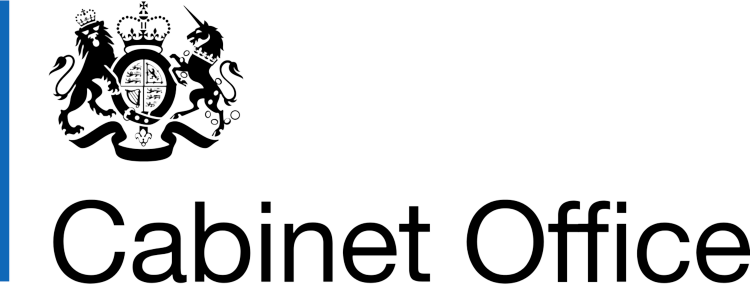



















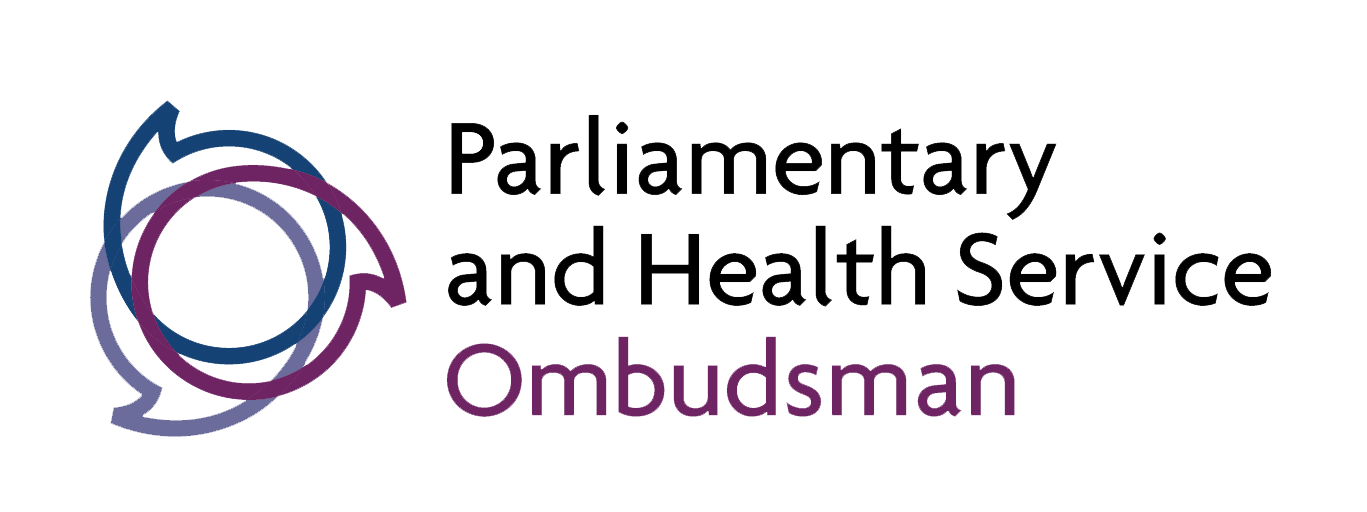

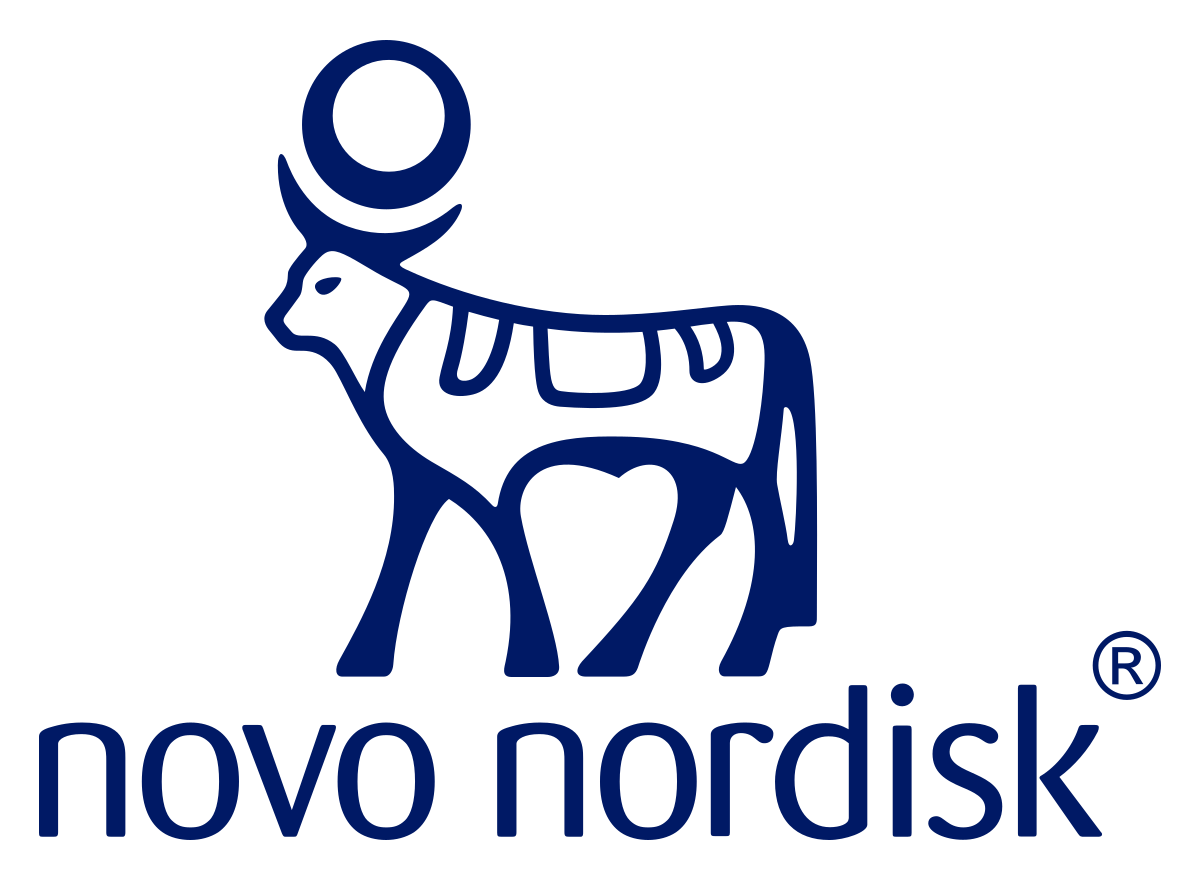

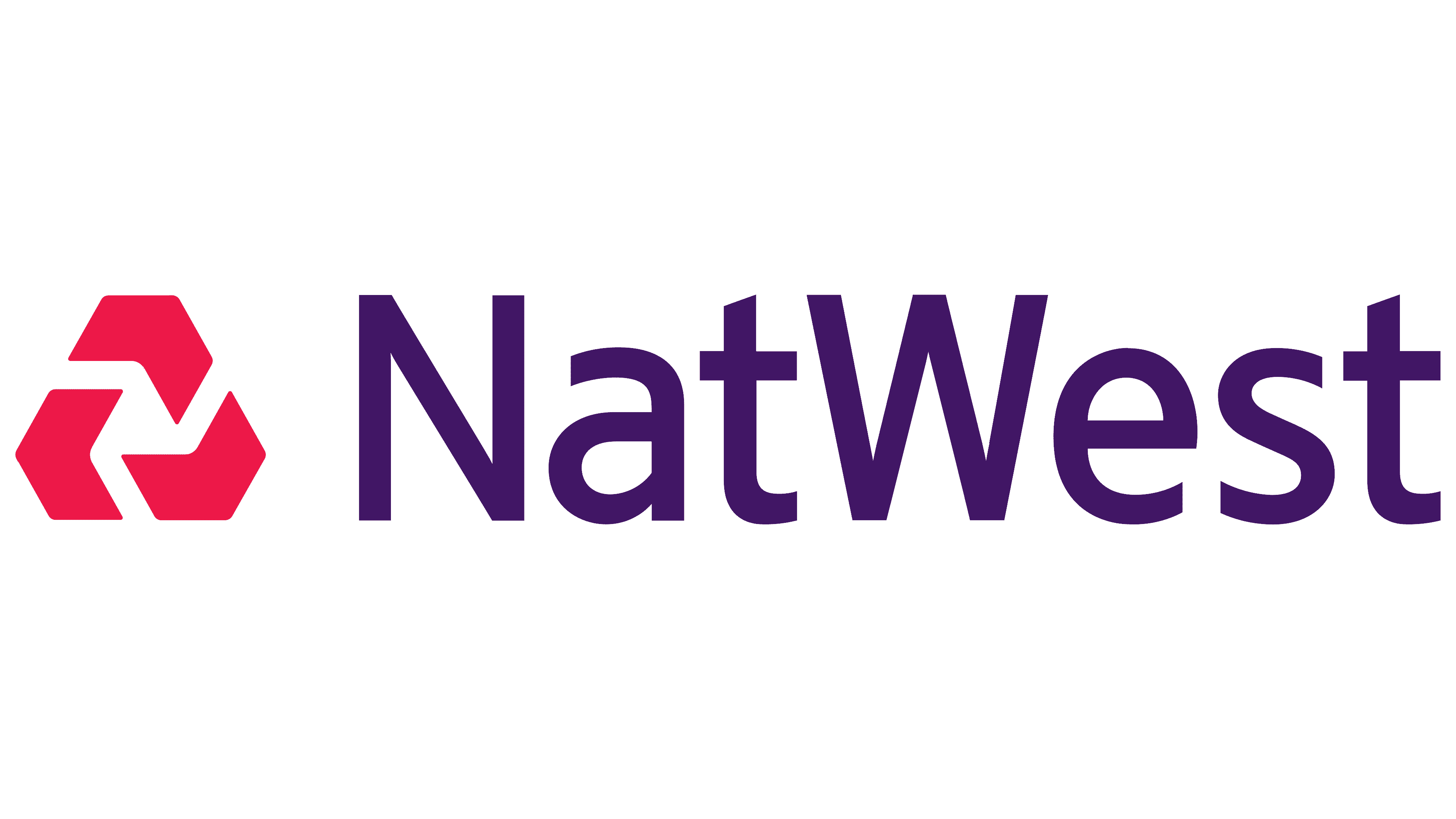










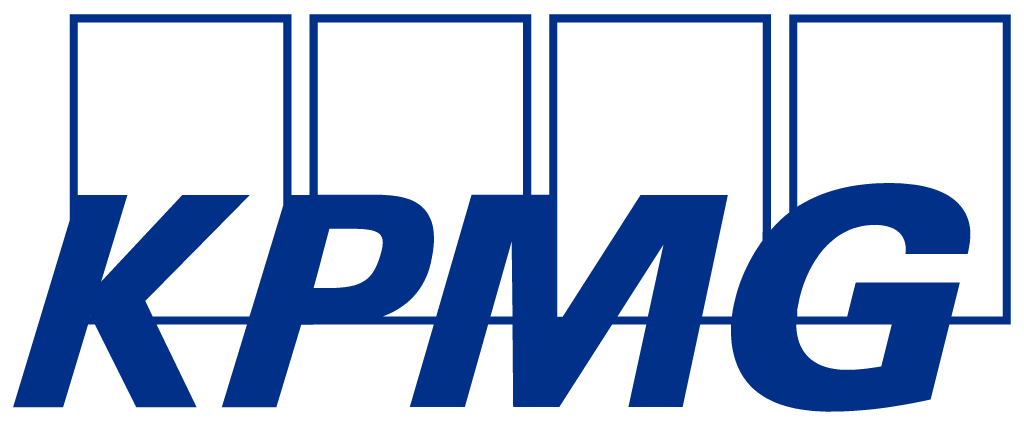
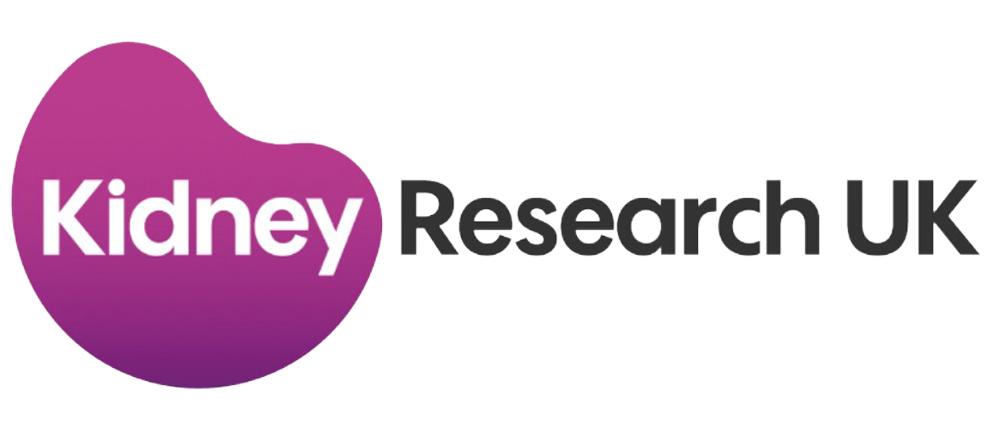























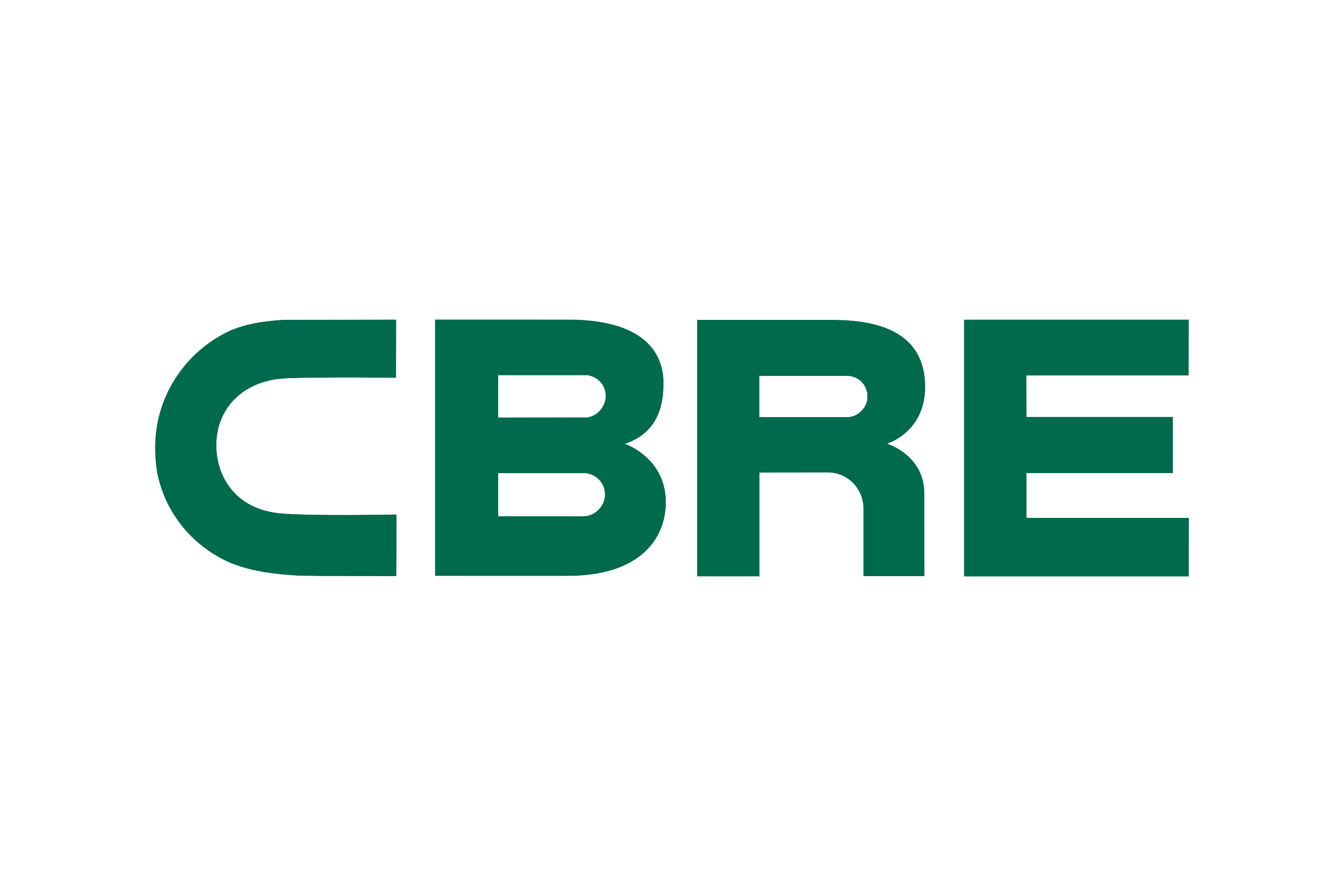


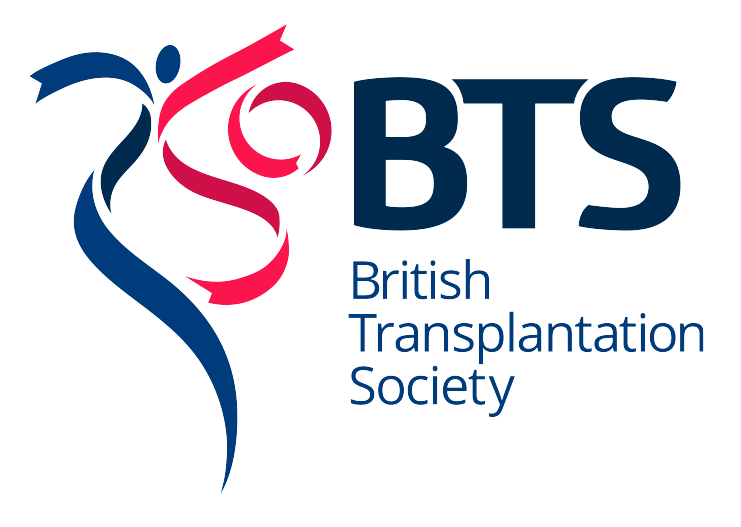





Writing is the most fun you can have on your own
His strategic and creative approach to content development resulted in our most compelling case for support yet.
Without doubt, the best copywriter I’ve met.
Tom’s input into the vision document for Curzon Wharf played a pivotal role in envisioning the regeneration of this part of Birmingham.
Tom is a talented storyteller who I would highly recommend to any charity.
Tom´s diligent work ethic and problem-solving skills were instrumental during our website revamp. His ethical approach and commitment to excellence has greatly benefited our business.
Tom´s ability to meet tight deadlines without compromising quality is remarkable. His creativity and research skills shine through in every piece of content he delivers.
Tom is a consummate professional who delivers high-quality web content that consistently resonates with our target audience and enhance our brand.
Tom has written our last two ESG Reports and played a pivotal role in changing the format, style, tone and narrative.
Working with Tom has made our marketing and communication projects easier to deliver because of the quality and professionalism he brings.
